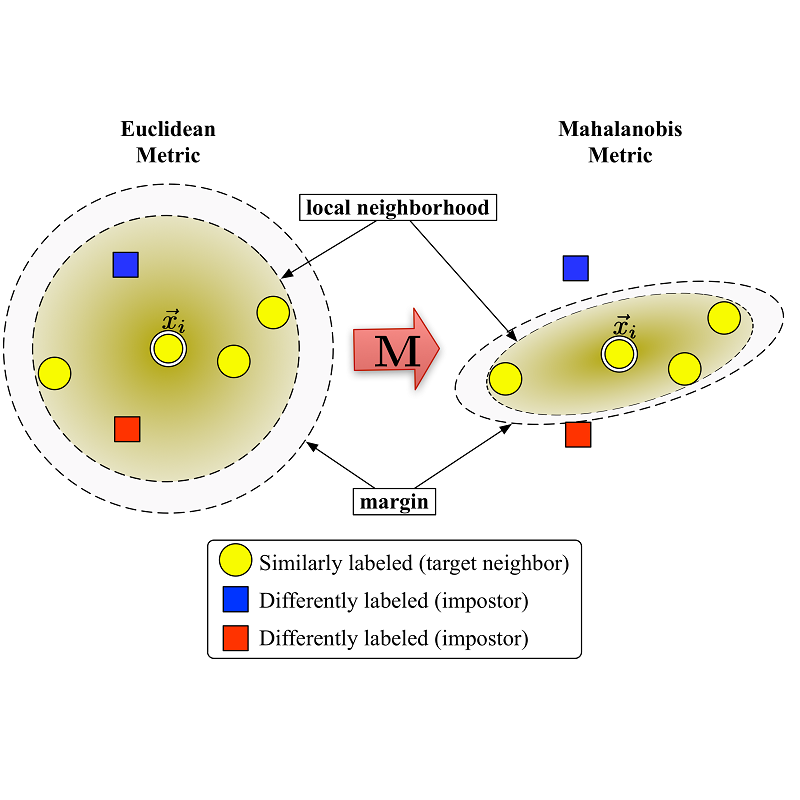This paper combines deep learning techniques for species detection, 3D model fitting, and metric learning in one pipeline to perform individual animal identification from photographs by exploiting unique coat patterns. This is the first work to attempt this and, compared to traditional 2D bounding box or segmentation based CNN identification pipelines, the approach provides effective and explicit view-point normalisation and allows for a straight forward visualisation of the learned biometric population space. Note that due to the use of metric learning the pipeline is also readily applicable to open set and zero shot re-identification scenarios. We apply the proposed approach to individual Grevy's zebra (Equus grevyi) identification and show in a small study on the SMALST dataset that the use of 3D model fitting can indeed benefit performance. In particular, back-projected textures from 3D fitted models improve identification accuracy from 48.0% to 56.8% compared to 2D bounding box approaches for the dataset. Whilst the study is far too small accurately to estimate the full performance potential achievable in larger-scale real-world application settings and in comparisons against polished tools, our work lays the conceptual and practical foundations for a next step in animal biometrics towards deep metric learning driven, fully 3D-aware animal identification in open population settings. We publish network weights and relevant facilitating source code with this paper for full reproducibility and as inspiration for further research.
翻译:本文结合了物种探测的深层次学习技术、3D模型安装和在一条管道中进行衡量学习,以便通过利用独特的大衣模式,从照片中进行动物鉴定。这是第一次尝试这样做,并且与传统的2D约束箱或基于CNN识别管道的分部分连接相比,该方法提供了有效和明确的视图点正常化,并允许对所学的生物鉴别人口空间进行直线前向直观的视觉化。请注意,由于使用基准学习,该管道也很容易适用于开放的成套和零镜头再识别情景。我们对格雷维的个人斑马斑马(Equus grevyi)进行鉴定,并在SMALST数据集的小型研究中显示,使用3D模型的安装确实能够使业绩受益。 特别是,3D安装模型的后预测的纹理将识别精确度从48.0%提高到56.8%,而数据集的2D约束框方法则可以直观地用于开放。 尽管这项研究太小,无法估计在更大规模的实际应用环境中和与光化工具进行比较中能够实现的全部业绩潜力。 我们的工作为相关的生物学和动物研究基础,在深入的研究中充分研究基础,我们以深入的模型和实用的模型为基础,以充分研究为基础,在深入地出版中,以研究基础中,以充分地研究基础来出版中,以研究基础来出版和实用地研究基础,以充分地研究基础来研究基础来研究基础来研究基础,以充分研究基础来进行。



